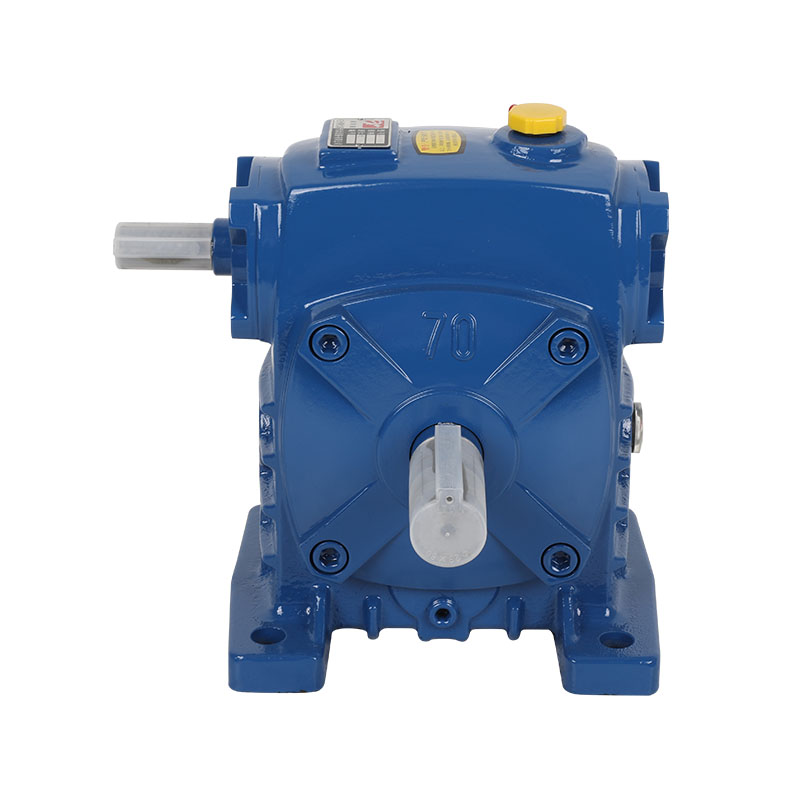WP worm gear reducer is a common reduction device with compact structure, smooth transmission and low noise. It is widely used in various industrial equipment such as metallurgy, mining, lifting, chemical industry, light industry, etc. In order to give full play to its performance advantages and ensure transmission efficiency and long-term operation stability, scientific and reasonable methods must be adopted in the selection, installation, use and maintenance.
In the selection stage, accurate calculation and matching should be carried out according to the actual application requirements. The key parameters to be considered include: input power, output speed, output torque, transmission ratio, working environment temperature and load type (continuous, intermittent or impact load). Different models of WP reducers have different load-bearing capacity and application range. For example, WPW is a worm gear down type, which is suitable for small and medium power occasions; while WPG is a worm gear up type, which is more suitable for high torque output scenarios. In addition, it is also necessary to pay attention to whether the connection method between the motor and the reducer matches, such as flange connection, direct connection or belt drive.
During the installation process, it is necessary to strictly follow the technical specifications to ensure good coaxiality and stability between the reducer and the driving equipment (such as motor) and the driven equipment. Before installation, the base platform or bracket should be horizontally calibrated to avoid gear eccentric wear or bearing overload caused by tilting. At the same time, check whether the lubrication system is intact. Before the first use, the appropriate lubricant should be added according to the instructions. Usually gear oil or special worm gear oil is used to reduce friction loss and extend the service life.

In daily use, the operation status of the equipment should be monitored regularly. Pay attention to whether there is abnormal vibration, noise or temperature rise, which are often manifestations of poor lubrication, increased wear or loose internal parts. During normal operation, the temperature of the reducer housing should be controlled within the allowable range (generally not exceeding 70°C). If the temperature is found to be abnormally high, the machine should be stopped in time to check the cause. At the same time, avoid long-term overload operation to prevent overheating damage.
Correct maintenance is an important measure to ensure the stable operation of WP worm gear reducer. It is recommended to replace the lubricating oil regularly, especially for equipment working in high temperature or dusty environment, the oil change cycle should be shortened. At the same time, check whether the seal is aging or leaking, and replace the damaged parts in time. For key parts such as bearings and worm gear meshing surfaces, they should be cleaned and greased regularly to ensure good contact and smooth operation.
Also pay attention to safety protection measures. During the operation of the equipment, necessary protective covers should be set up to prevent debris from entering or people from accidentally touching the rotating parts. For reducers in automated production lines, it is recommended to equip them with overload protection devices, such as torque limiters or frequency converters, to prevent sudden failures from causing equipment damage.
Selecting the right WP worm gear reducer and using and maintaining it correctly can not only improve the efficiency of the transmission system, but also significantly extend the service life of the equipment. Enterprises should formulate standardized operating procedures and maintenance systems based on their own process requirements to achieve efficient, stable and safe production goals.

 English
English русский
русский bahasa Indonesia
bahasa Indonesia
